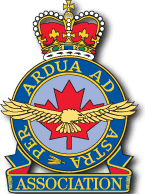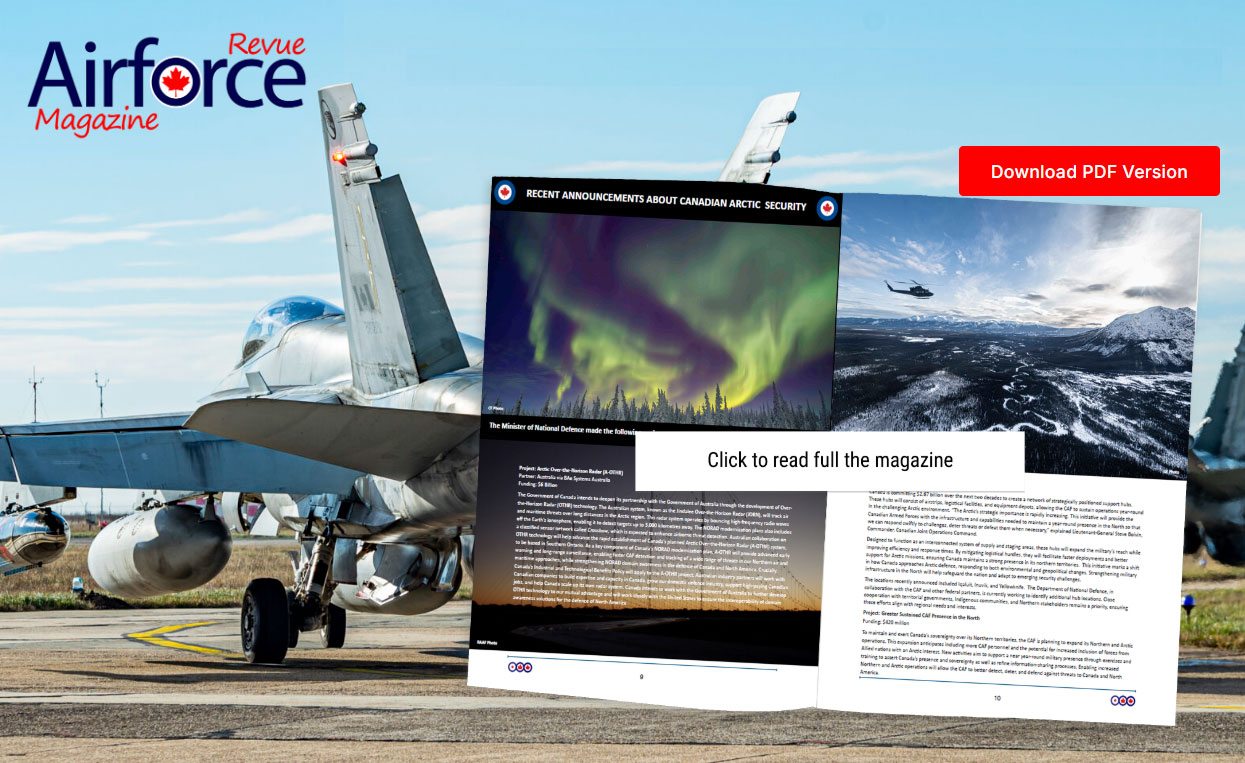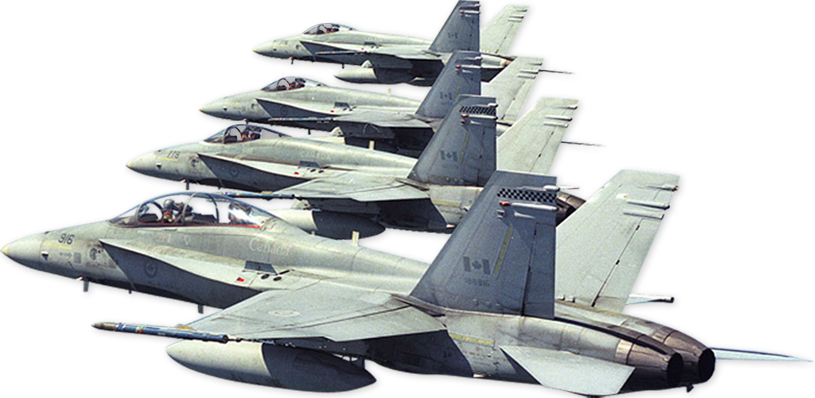A most informative booklet on the history of the Royal Canadian Air Force Association of Canada was produced in 1962. The booklet was made available to all members. For those interested, a copy of the booklet can be downloaded here: Air Force Association of Canada Handbook 1962
The official history of the Air Force Association of Canada is reflected in the following files. The Association expresses its sincerest gratitude to Edwin “Sammy” Sayle and his team for compiling this historical account spanning the first fifty years of the association (1948-1998).
Chart AGM & Presidents 1948 to 1958
Chart AGM & President 1959 to 1968
Chart AGM & Presidents 1969 to 1978
The Royal Canadian Air Force Association was formed in 1948 as a national advocacy group to support the Royal Canadian Air Force, and to unite Air Force veterans of the Second World War.
Former Chief of the Air Staff, Air Chief Marshal L.S. Breadner accepted the task of organizing the new association. He successfully enlisted the participation of various community groups and clubs of former airmen and airwomen, and also invited unaffiliated air veterans to join as members-at-large.
An Order-in-Council legitimized the new association. With Treasury Board funding and headquarters accommodation provided by the Department of National Defence, the RCAF Association held its first annual meeting in Ottawa, 16 September, 1948 at which ACM Breadner was named the first Dominion President. Much organizational and administrative work followed, and the first membership cards were issued in February, 1949. At that time there were 3,379 members-at-large and 2,882 Wing members.
Constitution and Bylaws were framed so that the Association could be incorporated under the Companies Act. A Charter under the Act was granted by the Secretary of State of Canada, on 14 May, 1951. Over the years the Association grew and prospered, closely linked with the Royal Canadian Air Force. However, in 1968, the RCAF ceased to exist with the unification and integration of Canada’s three armed services. This event resulted in a gradual disconnect between the RCAF Association and Canada’s air element, redressed to some degree with the formation of Air Command in 1975. Air Command then became the focal point for all regular and reserve Air Force activity. In 1992 it challenged the RCAF Association to re- position itself as both an advocacy group and a focal point for Air Force veteran activity.
Thirty?years after the demise of the RCAF in 1964, a proposal was made to?change the name of?the Association so as to reflect a genuine desire amongst the members to be more inclusive. Air Force?personnel who had never served under the RCAF banner were now retiring, but they understandably felt the RCAF Association was not for them.?A change of name was an emotional issue, and the proposal was exhaustively debated within the Association for more than a year before it came to a vote at the annual convention in Winnipeg in October, 1993. The vote was overwhelmingly in favour of the change, with 82.6% of delegates in attendance voting in favour of the proposal.
On 1 July, 1994 the Air Force Association of Canada became the new official title of our Association. Over the following two years, the membership of the Association?grew by 30%, to nearly 16,000 regular wing members and members-at-large, and an estimated 5,000 associate members. There are?65 Wings (chapters) across Canada, in the western United states (California and Colorado) and Mexico. Wings actively sponsor and support air cadets and Wing members involve themselves in many other community activities.
Nationally, the Association is a strong advocate for?a professional and well-equipped Air Force for Canada, and is an active advocate for?veterans’ rights through membership in the National Council of Veteran’s Associations. We also partner with the Royal Canadian Legion and, while it was in operation, the members of the Air Force Association of Canada supported the RCAF Benevolent Fund.








